Massage is mostly known for its relaxing effect, however offers much more. Through different techniques, massage provides aiding soft tissue healing, revitalizing the body, increase blood and lymph circulation, relieving chronic patterns of tension and helping with muscle injuries, such as back sprain.
Session duration varies from 30, 60 and 90 minutes long. The type of massage can vary from relaxing to therapeutic. The appropiate type of massage will be discussed at your consultation so you receive a tailored treatment and get the most out of your session.
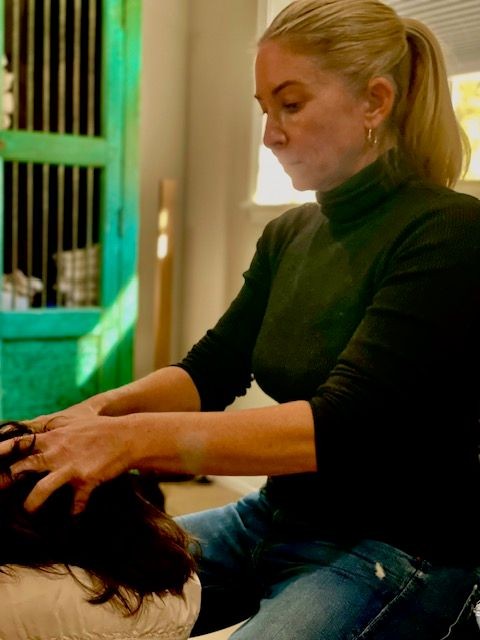
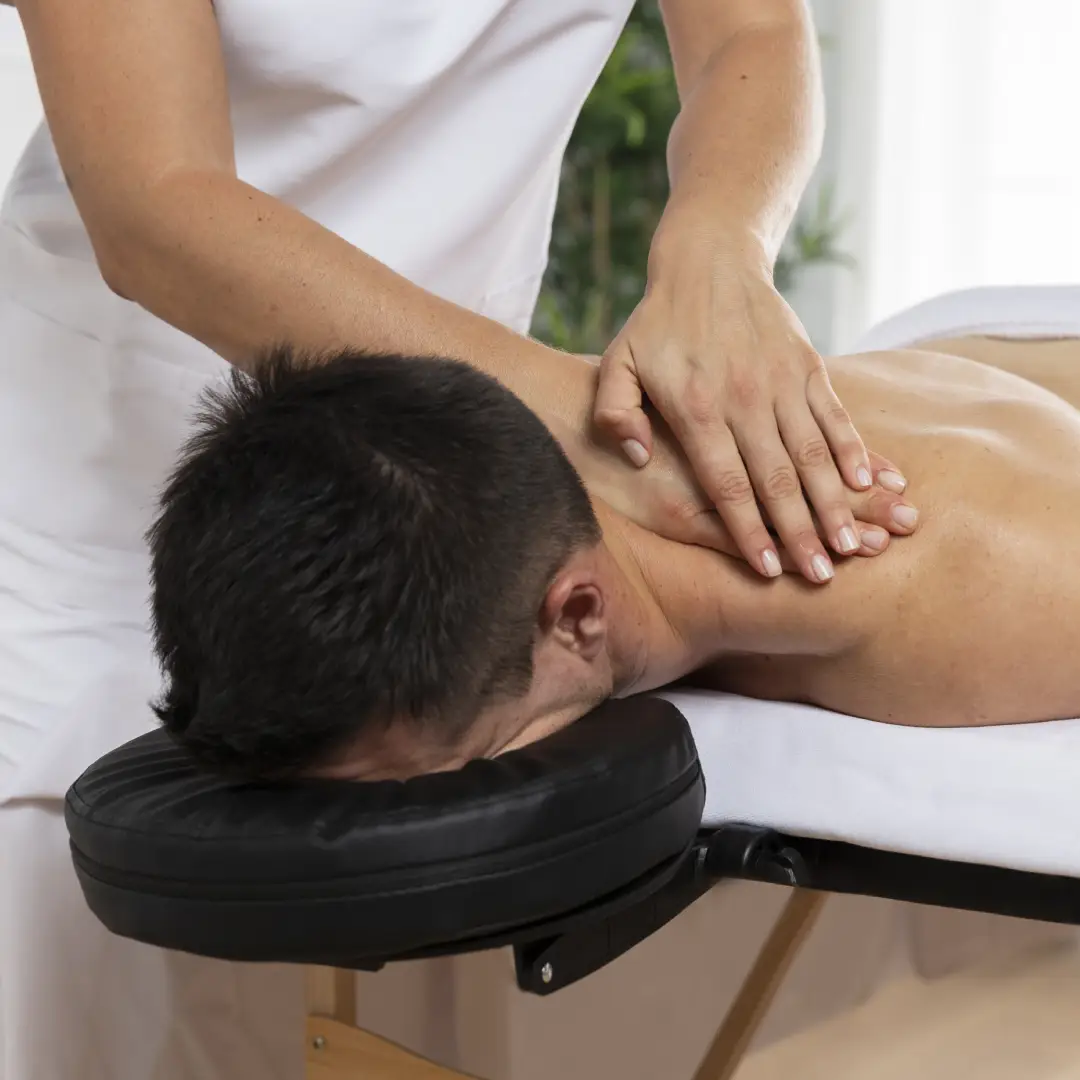
Holistic bodywork integrates an array of advanced techniques aimed at optimizing the body’s innate healing processes. Employing gentle to firm pressure, this approach aims to alleviate tension, promote muscle relaxation, enhance circulation of both blood and lymph, and foster a profound sense of serenity. Serving as a complementary adjunct to traditional medical interventions for various ailments and injuries, therapeutic massage can mitigate discomfort and tension, facilitate the recovery of soft tissues, and rejuvenate the entire system. Moreover, regular sessions can bolster overall well-being by fostering relaxation, easing muscle stiffness, mitigating anxiety and stress, and harmonizing the interconnected aspects of body, mind, and spirit.
Deep tissue massage targets specific painful or stiff areas in the body, commonly referred to as “trouble spots.” This technique involves the massage therapist employing slow and deliberate strokes to apply pressure to deep layers of muscles, tendons, or other tissues beneath the skin. While it may lack the rhythmic flow of other massage styles, deep tissue massage is valued for its therapeutic potential in alleviating chronic tension patterns and aiding in the recovery of muscle injuries, such as back sprains.
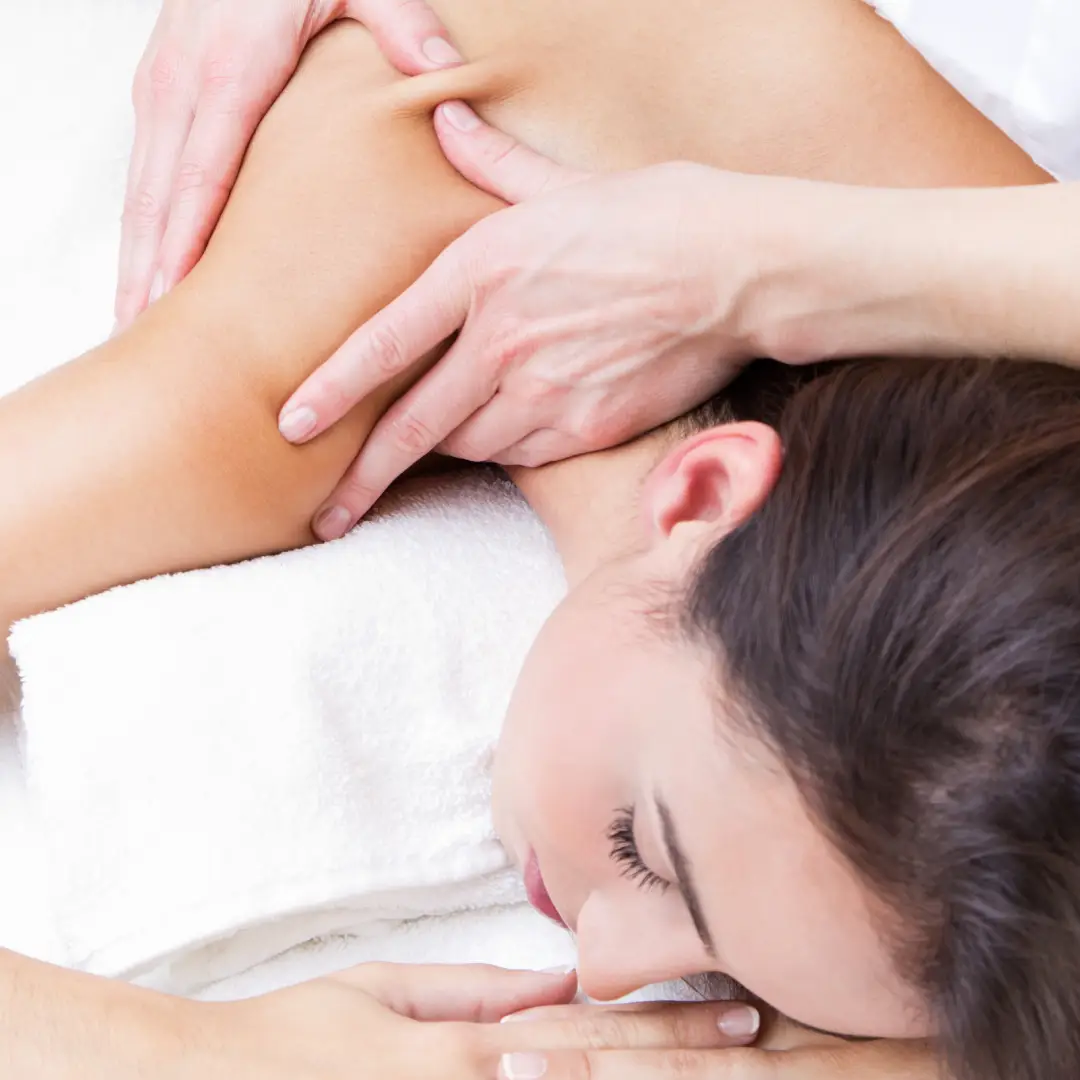
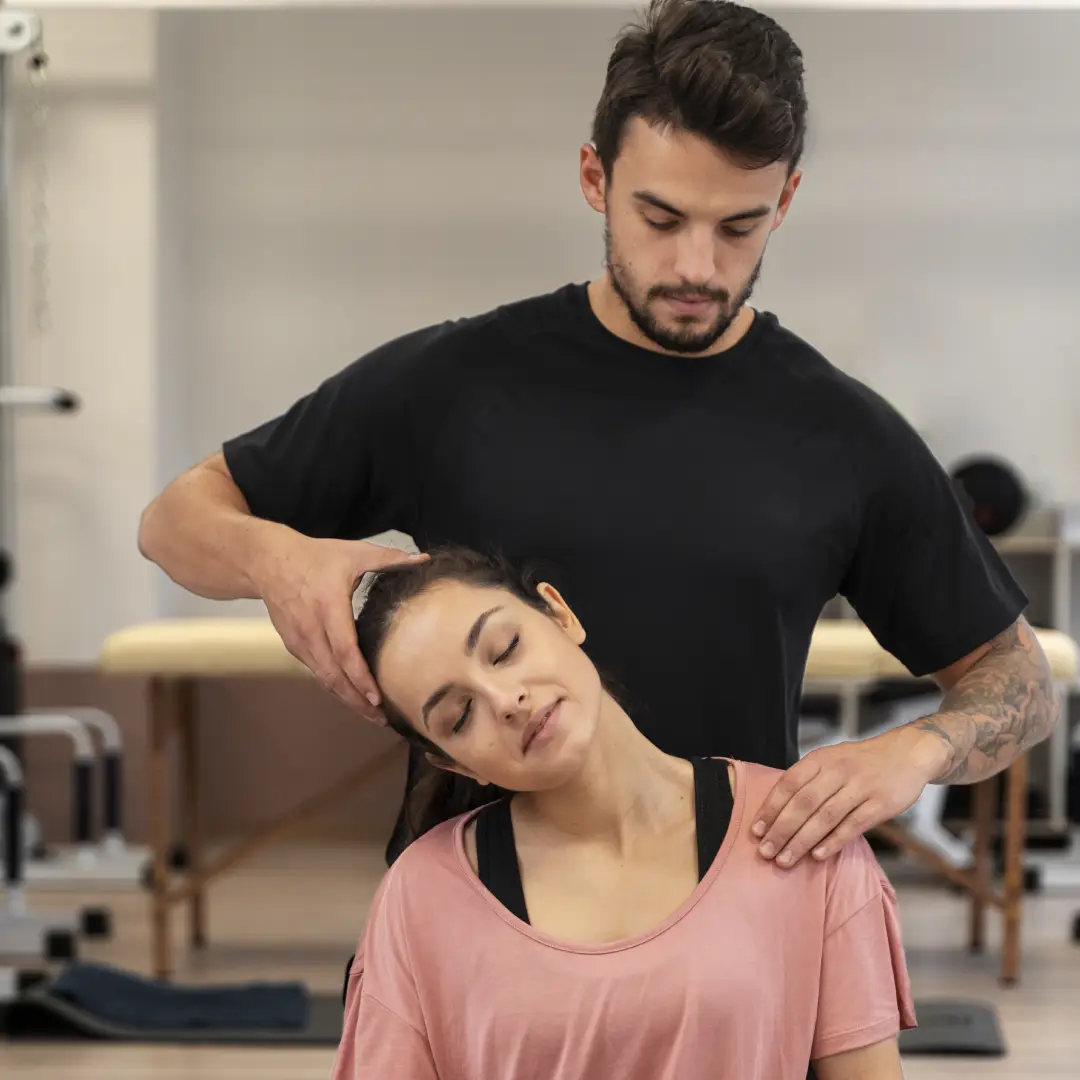
Sport massage was created to target muscle systems pertinent to specific athletic activities. Employing a range of techniques, it assists athletes during training sessions as well as before, during, or after sports events. Its purposes span from enhancing flexibility and injury prevention to aiding in the recovery from muscle strains sustained during sports-related injuries.
Cupping therapy is a traditional Eastern practice that employs glass, silicone, or plastic cups to create suction, achieved through methods such as fire, pumping, or the cup itself. This technique aims to achieve diverse outcomes, including boosting immune system response, releasing adhered tissues through decompression, and enhancing cellular circulation.
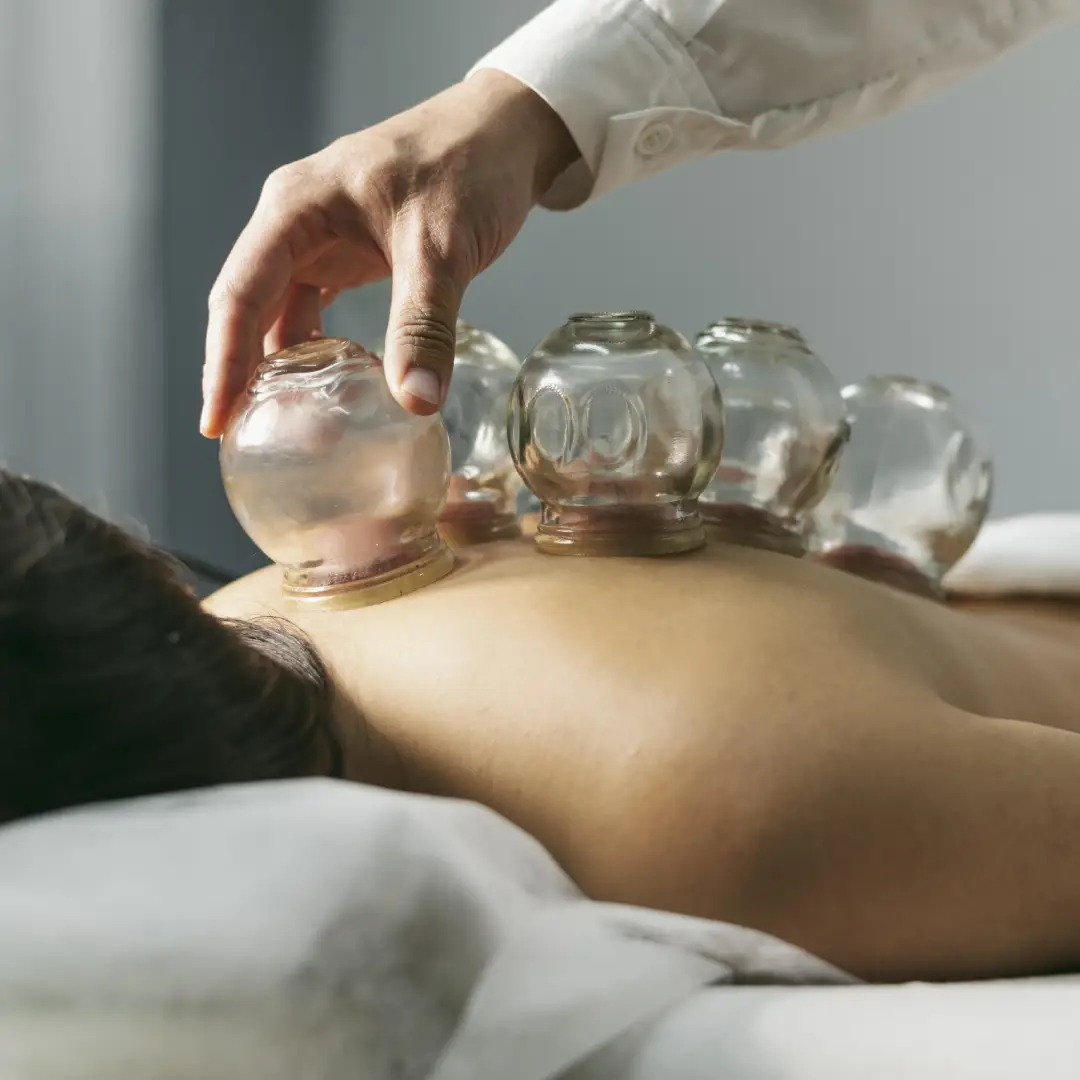
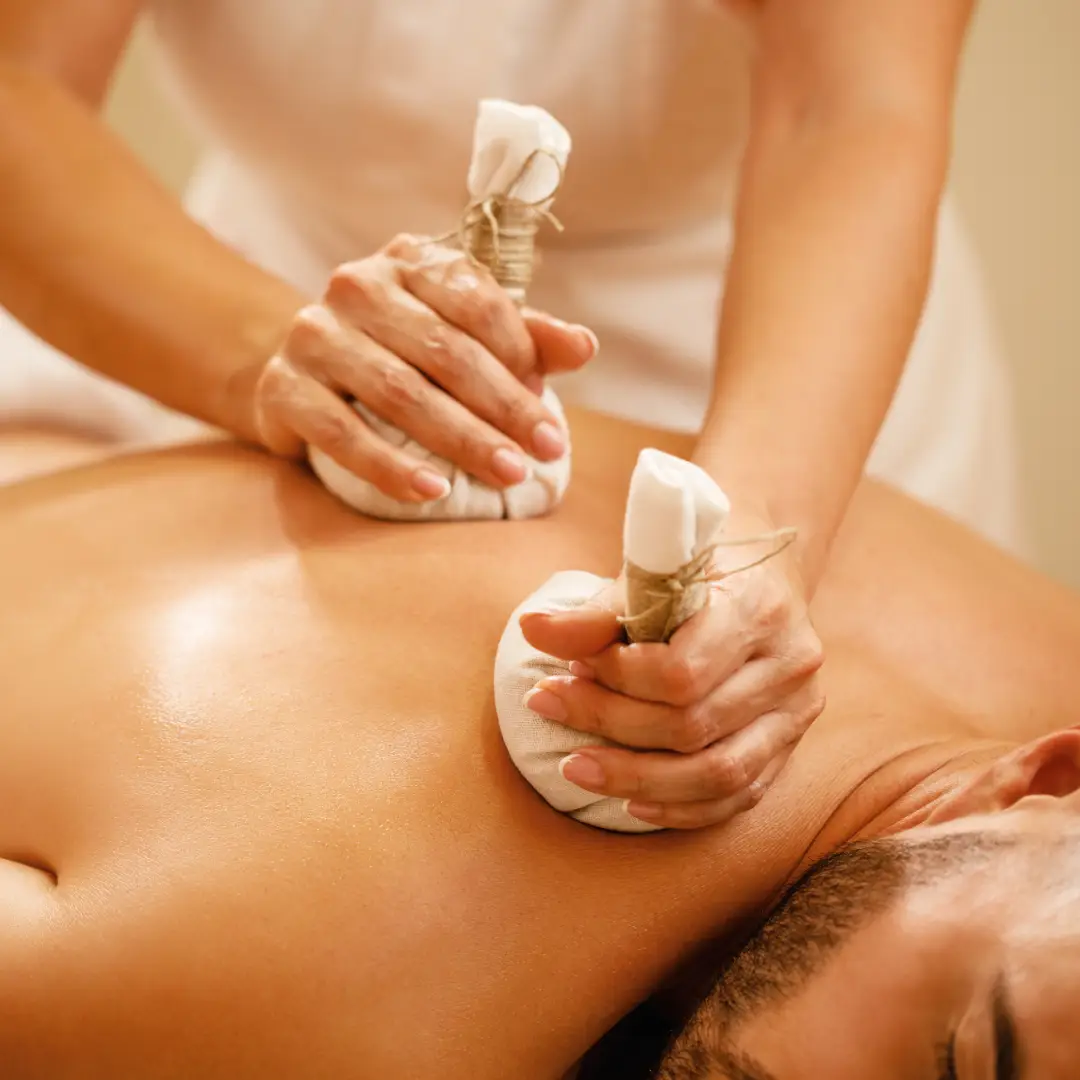
Gua Sha: Employed as a scraping method to superficially stimulate blood vessels beneath the skin, facilitating the elimination of stagnation, providing pain relief, and promoting detoxification and circulation.
Fascial Abrasion Technique: Utilized as a gentle scraping technique to disrupt density, enhance elasticity, and aid in lymphatic drainage.
Elevate beauty, rejuvenate soul. Elevate beauty, wfdown rejuvenate soul. Elevate beauty, rejuvenate beauty.
Posted onTrustindex verifies that the original source of the review is Google. I can’t say enough good things about Dr Mann and his team at Core Clinic! I’ve been dealing with pain related to endometriosis for YEARS, and after starting treatment with shockwave therapy and adjustments, my pain has gone from a 9/10 to barely even noticeable! Dr Mann’s approach is both professional and compassionate. He’s a wealth of knowledge and takes time to listen to your concerns. I’m so so so grateful for the care I’ve received— it has truly made a difference in my quality of life! I highly recommend Dr Mann and his team to anyone struggling with similar issues :DPosted onTrustindex verifies that the original source of the review is Google. The Core Clinic is amazing! The vibe when you walk in is cozy, warm, and welcoming. I am a competitive athlete and constantly beat up my body. Sarah Sall helped get rid of nagging pain in my quadriceps, just in time before an important competition! My friend has been seeing Dr. Mann for shockwave therapy and adjustments and noticed huge improvement in musculoskeletal symptoms related to her endometriosis. Highly recommend!!Posted onTrustindex verifies that the original source of the review is Google. Dr. Mann is incredible with his expertise in chiropractic services. I was referred to him by a fellow yogi who thought Dr. Mann could help me with my dire foot pain. I had gone to many orthopedic doctors and recognized that I needed a more holistic approach to heal my pain. Dr. Mann listens and is a true healer who understands his patients ailments and finds solutions that ease the pain to find comfort. I always have relief after seeing Dr. Mann and in conjunction with Jessie's PT expertise, her exercises create strength and further progress the improvement of pain in my foot. Thank you Core Clinic!Posted onTrustindex verifies that the original source of the review is Google. I chose Core Clinic after being told there was nothing that could be done for my neck and back pain. For a year prior to my first adjustment was impossible for me to turn my head far enough to either side to see over my shoulder. After the second adjustment by Dr Mann and after just one exercise therapy session with Jess I was able to see over my left shoulder for the first time in a year. After my first appointment with Sarah Sall I slept better than I had in a year. I can't say enough about this team. I've been an RN for 17 years and these are the clinicians I chose for my care. You will feel better. Keep at it. You can do it and they can help.Posted onTrustindex verifies that the original source of the review is Google. I come to Core Clinic for the Emsella chair. This has cured an issue I have with my pelvic floor that I have suffered from for years, especially when I sneeze or cough. Ladies, you know what I mean since so many of you have the same problem! It’s been a game changer for me and has made my life so much easier. I’m so grateful they invested in this chair. THANK YOU! Plus, Dave is the best chiropractor I have ever been to. He is gentle, yet so effective. My neck has never been in such great shape!! Thank you for creating such a great place of wellness.Posted onTrustindex verifies that the original source of the review is Google. Love Core Clinic! Since seeing Dr. Mann once weekly and Jaime Marks for Accupuncture, my eczema is gone and my back is feeling better. It’s such a relaxing and comforting environment.Posted onTrustindex verifies that the original source of the review is Google. Highly skilled expert who understands the whole body, and how everything works together. Dr Mann has helped me stay healthy and active, and sometimes fix what I messed up when I get something out of whack. Years ago I had to have neck surgery, and he is the only one I trust. Highly intelligent, knowledgeable, and skilled. Thank you Dr Mann.Posted onTrustindex verifies that the original source of the review is Google. I see Sarah Sall at Core. She is wonderful: through and incredibly skillful. I suffer from chronic pain issues (as well as more acute episodes) and feel great relief after seeing her. Give her a try.Posted onTrustindex verifies that the original source of the review is Google. Dr. Mann is an absolute gem! I am thrilled every time I see him and I refer patients every chance I get!Posted onTrustindex verifies that the original source of the review is Google. I had a great experience with Dr Mann- personalized care that helped me recover from an upper back/neck injury. Easy location, friendly team, all around great experience.